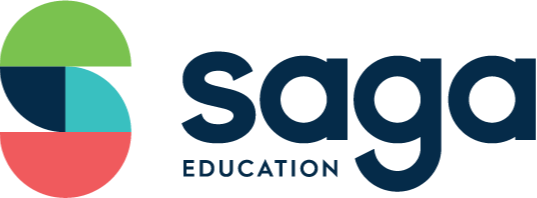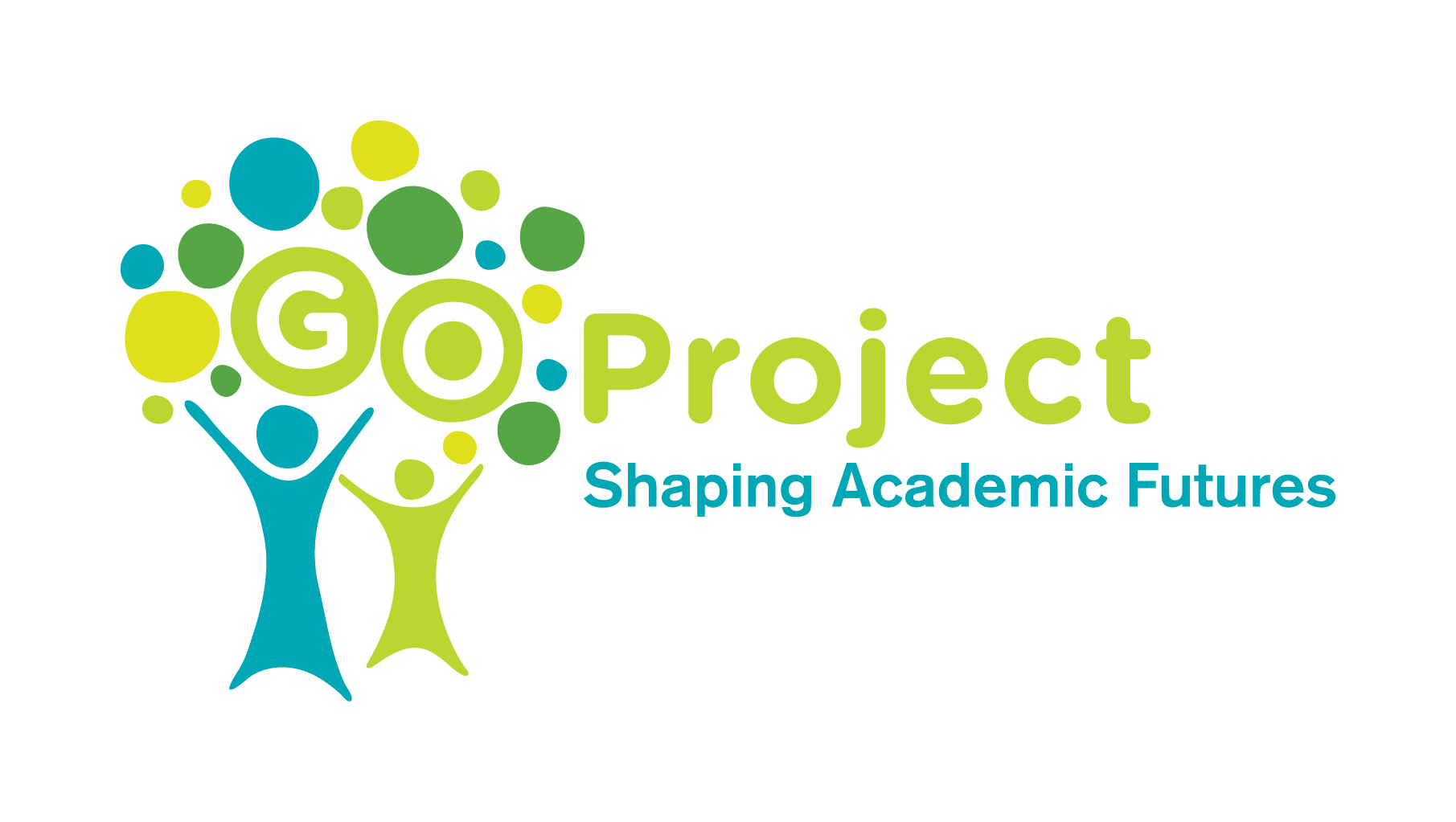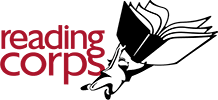What is a Value Proposition?
A Value Proposition is a concise articulation of the value an organization delivers should someone choose to use their program. It consists of two core components: the Challenge (or unmet need) that the program intends to address and the Approach that states how the program provides value to address that challenge. It distinguishes the program from other seemingly similar programs by highlighting what makes its approach uniquely well-suited to solving a specific problem or particularly efficient at meeting a specific unmet need.
Why should you articulate a Value Proposition?
Your Value Proposition translates the specific community needs identified by your Community Landscape Analysis into concrete goals for your program. This articulation ensures that the community you aim to serve sees your program as a worthwhile investment (and, ideally, as their best choice from all available options). Your Value Proposition will help you make consistent and intentional internal decisions about your Model Design Dimensions and develop a clear and cohesive Logic Model. You can use it in your outreach to stakeholders (e.g. prospective students, families, schools, funders) so that everyone has a clear shared understanding of your program’s value. Ideally, in fact, you would draft the Value Proposition in collaboration with the community members who provided feedback for your Community Needs Assessment to ensure full alignment with their needs.
A Value Proposition should address the following:
- What is the challenge and who experiences it?
- What is the better world you envision instead?
- What beliefs underlie your vision for this future?
- What data do you have to illustrate the urgency, importance, or pervasiveness of your challenge?
- What are the possible compounding effects if this challenge goes unaddressed? e.g. Failure in Algebra 1 can lead to lower graduation rates.
- What are barriers to successfully addressing this challenge? e.g. Class sizes are too large.
- What are your program’s goals?
- What is your high-level strategy for achieving those goals? What is your theory of change?
- What does this theory look like in practice? How does your strategy play out in action?
- What impact has your program already made?
- What research supports your program’s design? Note: this is particularly important if your program is relatively new, because you will not have rigorous impact data to share (yet).
Assessing Your Value Proposition
- Is it clear and concise? Would someone unfamiliar with your program understand what you’re saying?
- Does the Approach directly address the Challenge you describe? Does the outline of your program in the second half of your Value Proposition address and respond to the specific issues raised in the first half?
- Does it share clear statistics? Have you “shown your work” and demonstrated both the magnitude of the specific community needs and the underlying research-based rationale for your program’s Approach in detail?
- Does it reflect your values and beliefs? When you read this Value Proposition, do you feel proud of it?
- Does it reflect the needs outlined in the Community Needs Assessment? Would someone in the community react to hearing this Value Proposition by saying “Wow, this sounds like exactly what we need”?
- Is it powerful? Would hearing this Value Proposition compel a prospective funder to write you a grant? Would hearing this Value Proposition compel a young professional to bring their talents to your team?
Examples of Value Propositions:
For ease of use there are links under ‘Challenge’ and ‘Approach’ that will take you directly to the organization’s information on their website. The language under ‘The Challenge’ and ‘Our Approach’ reflects the language from the organization’s website.
Saga EducationContent Area & Grade Level: 9th Grade Math (Algebra 1) |
 |
|---|---|
| Challenge | Approach |
|
We believe that inside every child lives a story waiting to unfold. But those stories start in very different places. 29.8 million American kids are below poverty level. (National Center for Children in Poverty) The social and economic disparities that young people experience outside the classroom create disparities within it. For every 10 low-income students who enter high school: Seven will graduate on time. Four will enter college. One will earn a college degree by the age of 24. (Mortenson, Tom. “Bachelor’s Degree Attainment by Age 24 by Family Income Quartiles, 1970 to 2009.”) Improving the academic outcomes of low-income students is one of our nation’s most urgent challenges. By high school, many students in distressed communities can be three or more years behind grade level, especially in math, which research shows is a dangerous pitfall on the pathway to graduation. 80% of students who drop-out of high school cite course failures as their number one reason — and Algebra 1 is the course most frequently failed. A core problem for schools is how to lift 9th graders over the Algebra 1 barrier. Yet, our large class sizes have made it impossible for teachers to offer these students the individual instruction they need to catch up, or better yet, thrive. |
Educational inequity doesn’t have to be a fact. At Saga Education, we know every student is capable of earning success in school, and life. Some just need extra support. And we are getting it to them. We are a national nonprofit organization that partners with public school districts to supplement teacher instruction by offering trained tutors for students who are falling behind. We are redefining personalized learning. By using data and rigorous scientific research we continuously learn and improve. We leverage the best of technology and human instruction to maximize learning, to improve student confidence, and to help students feel connected to a caring adult in school.
How it works: Daily, consistent tutoring sessions build academic skills and confidence. Tutoring happens during the school day, not after. Instruction is personalized, tailored to individual student needs. Supportive, caring near-peer relationships boost confidence. Proven, performance-raising curricula are delivered by trained Fellows. |
The GO ProjectContent Area & Grade Level: All Subjects, K-8th GradeTarget: Problem-Driven Setting: Out-of-School (Weekends & Summers) Take-Up: Voluntary Tutor Type: Volunteers supervised by teachers/school staff Delivery Mode: In-Person (with virtual option this year) Dosage: 3-hour Saturdays sessions for 7 months + 5-week summer program Student-Tutor Ratio: 4:1 Tutor Consistency: Varies |
 |
|---|---|
| Challenge | Approach |
|
At the GO Project, we believe that all children deserve access to a quality education. But, despite efforts to improve the public education system, many children--primarily from low-income areas--are left behind, unable to access the American dream. Today, in New York City, 72.6% of public school students will graduate on time and less than 45% of students with a special education classification (due to a learning disability, language impairment or social/emotional disturbance) will graduate on time. To combat this problem, the GO Project serves public school students who are the most at-risk of academic failure, early in their education, and provides them with a high quality academic, enrichment and family support program that equips them with the skills needed for future success. |
The GO Project's approach is to target under-resourced and academically-struggling public school students at the earliest stage of their education and equip them with the skills needed for future success. Through our year-round academic, enrichment and family support program, students are welcomed into a supportive community that fosters their growth. Our three program hallmarks are: Early and Continuous Intervention Students start the program between kindergarten and third grade and continue until eighth grade. All students participate in Saturday morning tutoring sessions, a 5-week academic and enrichment summer program, and year-round family support services each year. The average student receives more than 2,000 additional instructional hours by the time they graduate in eighth grade. Responsive and Individualized Instruction A staff of certified teachers, teaching assistants and trained volunteers provide an adult to student ratio of 1:4 in our classrooms. Students are grouped by skill level and instruction is tailored to meet individual needs. Academic specialists are available for pull-out services. Holistic and Integrated Programming Social and emotional skill-building is integrated into academic instruction. A team of social workers provides families with counseling, workshops, support with advocacy for special education needs, and referrals to outside agencies. Social workers provide weekday support to students in need by facilitating individual and small group counseling sessions at students' schools.
|
Reading CorpsContent Area & Grade Level: Pre-K through 3rd Grade Literacy |
 |
|---|---|
| Challenge | Approach |
|
A brighter future for students begins with reading. Reading is the foundation of all learning — but across the country, only about one in three fourth-graders can read proficiently. If a child isn’t reading well by the end of third grade, it’s almost impossible to catch up. 74 percent of children who read poorly in third grade continue to read poorly in high school. Why? From age three through third grade, children are learning to read. After third grade, they have to read well in order to learn. Closing the achievement gap. While far too few students read proficiently overall, students of color and those with access to fewer resources face much greater odds. Yet data from an independent evaluation shows Reading Corps helps close those gaps. After a year of tutoring, our readers — who include students eligible for free and reduced-price lunch, English language learners and students of color — outperform their peers and demonstrate more than a year’s worth of progress on reading proficiency indicators. People power makes the difference. |
Why it Works Evidence-based Literacy Interventions Data-Driven Decisions The Secret Sauce: Training and Support from Literacy Experts Tutors Internal Coaches Master Coaches |